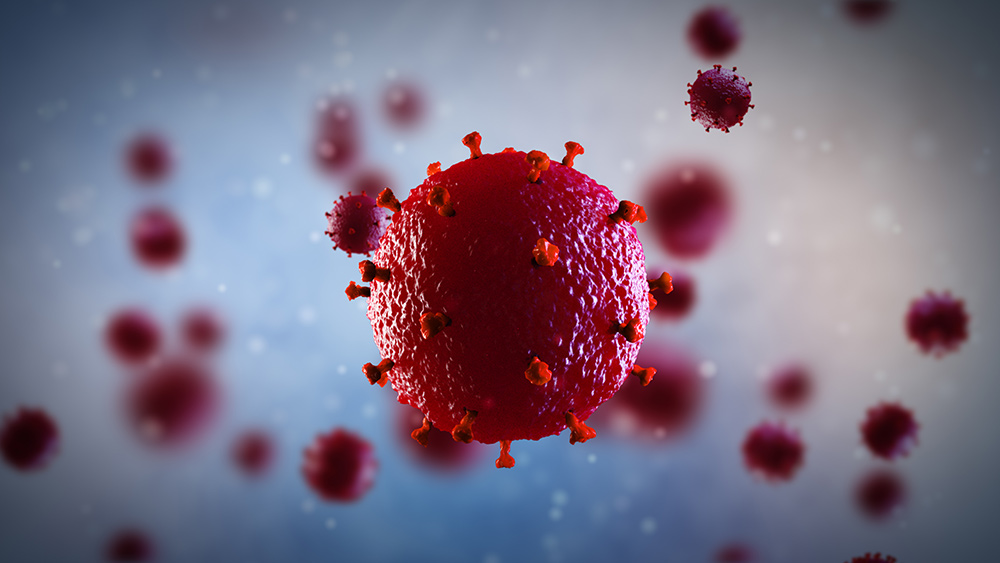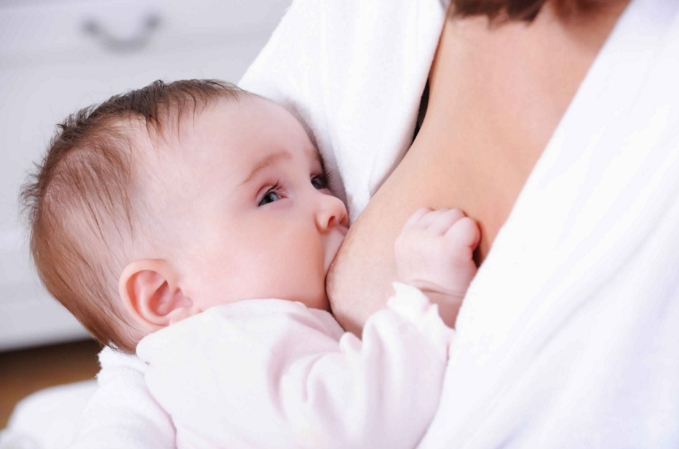
In a recent study, researchers analyzed data from 289, 573 mothers in China who breastfed their babies. Based on the results, at least 10 percent of the women had a lower chance of developing heart disease or stroke. The scientists examined data from women who took part in the China Kadoorie Biobank study, which contained "detailed information about their reproductive history and lifestyle." The study was published in the Journal of the American Heart Association.
Before taking part in the study, none of the female participants were diagnosed with cardiovascular disease. The scientists discovered after the eight years follow-up that there were 16,671 cases of coronary heart disease. This figure included heart attacks and 23,983 strokes.
The data presented here is from an observational study, which includes self-reported information that may not always prove cause and effect. Future studies may help confirm these findings, but the scientists hope that it will be enough to encourage breastfeeding. (Related: Breastfeeding Protects Hearts of Mothers.)
Dr. Sanne Peters, a study co-author and a research fellow at the University of Oxford in England, said, "The health benefits to the mother from breastfeeding may be explained by a faster ‘reset’ of the mother’s metabolism after pregnancy." Peters added, "Pregnancy changes a woman’s metabolism dramatically as she stores fat to provide the energy necessary for her baby’s growth and for breastfeeding once the baby is born. Breastfeeding could eliminate the stored fat faster and more completely."
The American Heart Association (AHA) advises mothers to keep breastfeeding for one year. Meanwhile, the American Academy of Pediatrics (AAP) suggests that they breastfeed for one year and that it's up to the mother when to cease doing so. The World Health Organization (WHO) recommends women to breastfeed up to two years or beyond.
According to the 2016 Breastfeeding Report Card by the Centers for Disease Control and Prevention (CDC), at least eight out of 10 mothers in the U.S. start breastfeeding their babies at birth. However, only half of them continue breastfeeding after six months while a third of the mothers (31 percent) were still breastfeeding at 12 months.
The situation in China is the opposite of study results among Western populations. In the West, the mothers who breastfeed are often wealthier and were more likely to enjoy "other beneficial health behaviors." In China, poorer women from rural areas "were more likely to breastfeed longer than their wealthier urban counterparts."
The study's results determined that mothers who breastfeed had a nine percent lower risk of heart disease and an eight percent lower risk of stroke compared to women who never breastfed. At least 18 percent of the women who breastfeed their babies for two years or more had a lower risk of heart disease, while stroke risk was 17 percent lower when compared to women who never breastfed. With an additional six months of breastfeeding per baby, there was a four percent lower risk of heart disease and a three percent lower risk of stroke.
The researchers comment that the participants "stopped exclusive breastfeeding prematurely for several reasons" like "illness, traditions about the introduction of solid foods, the 'perceived insufficiency of breast milk,' and a lack of or inadequate places to breastfeed in the workplace, especially in urban China."
The scientists comment that while there is a growing awareness about the importance of exclusive breastfeeding, "genuine commitment from policy makers" to successfully implement feasible action plans "in the health care system, communities and families, and the work environment" that encourage women to breastfeed. The authors conclude that if these measures are "effective and sustained," it will result in significant health benefits for both women and their infants, along with significant "cost savings."
The benefits of breastfeeding
Breastfeeding is highly beneficial for babies because when they are breastfed:
- They get sick less and have a lower risk of developing allergies.
- Their risk of obesity and type 1 and type 2 diabetes are lowered.
- Their risk of Sudden Infant Death Syndrome (SIDS) is also lowered.
- It reduces the risk for ear infections (otitis media) and gastroenteritis.
- It helps set them on the path to optimal brain development.
You can read more articles about natural ways to prevent heart disease at Heart.news.
Sources include:
Please contact us for more information.























